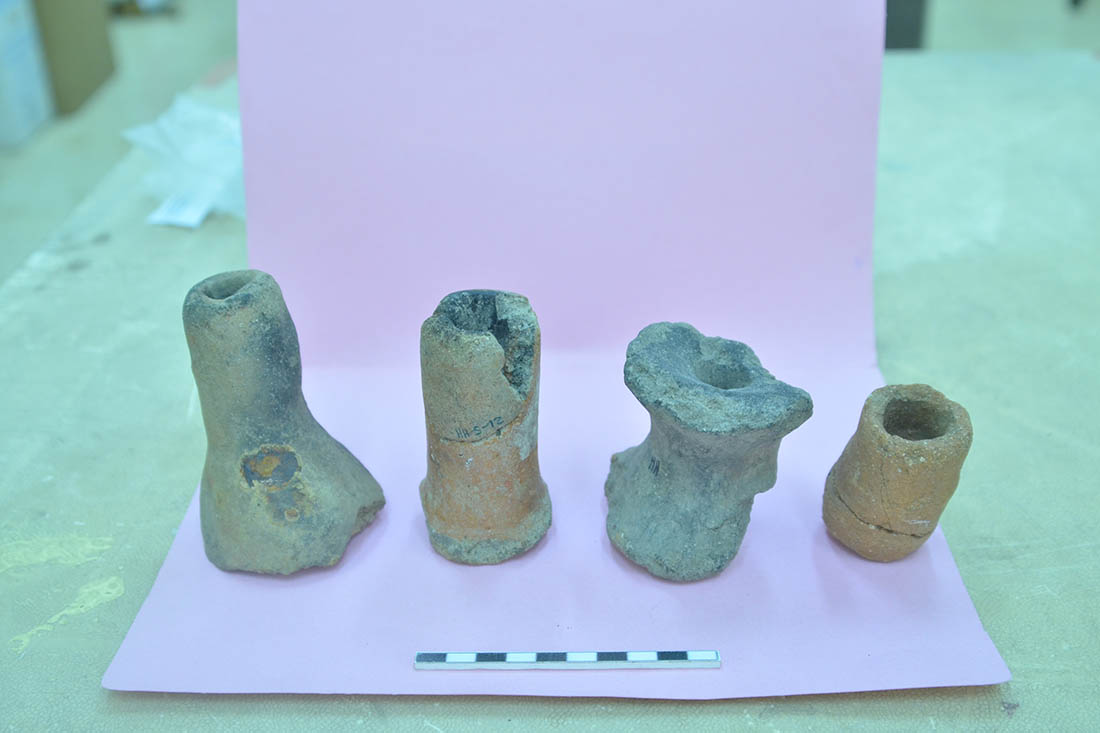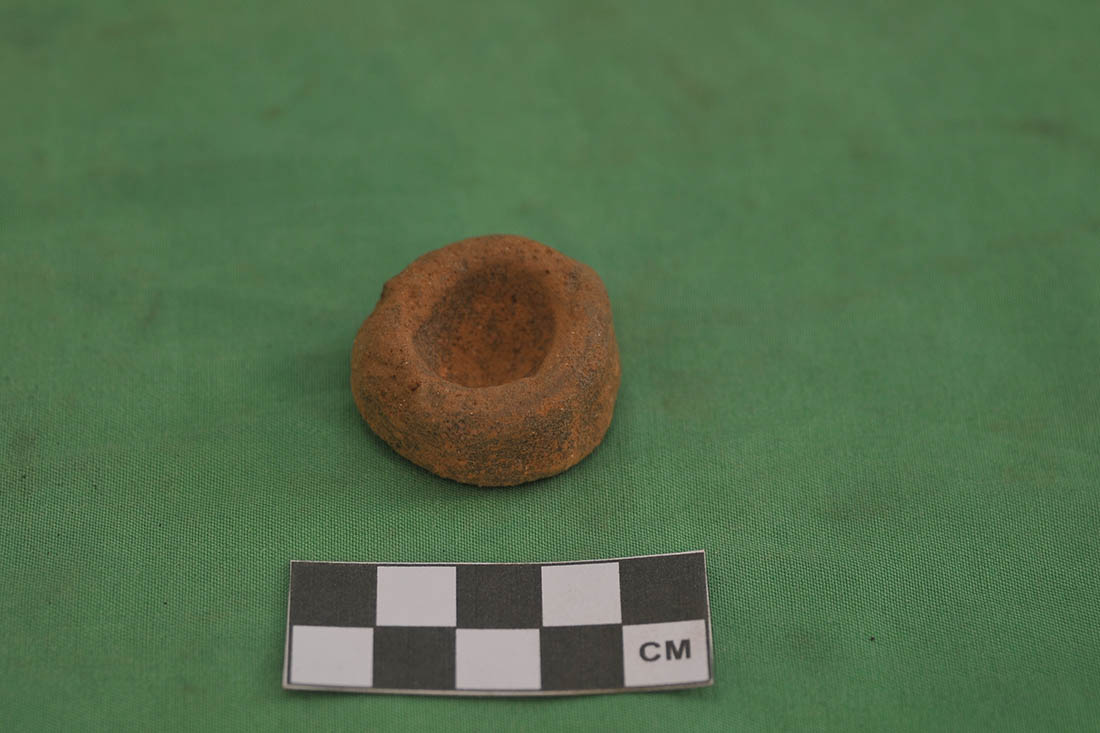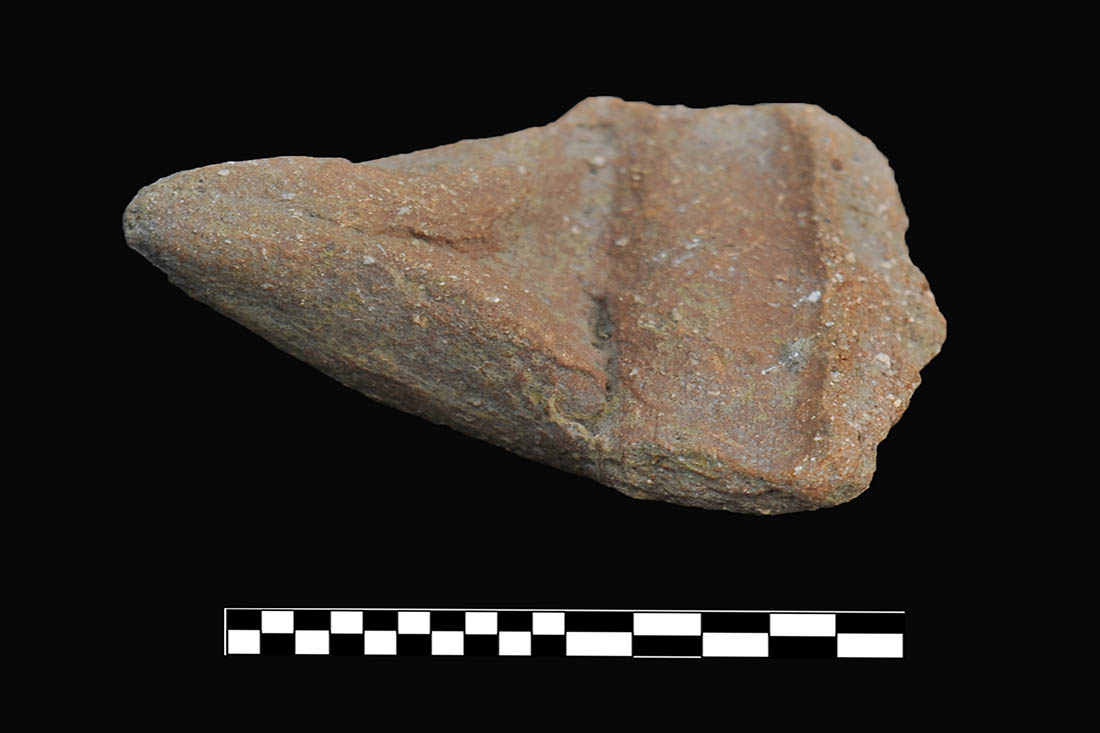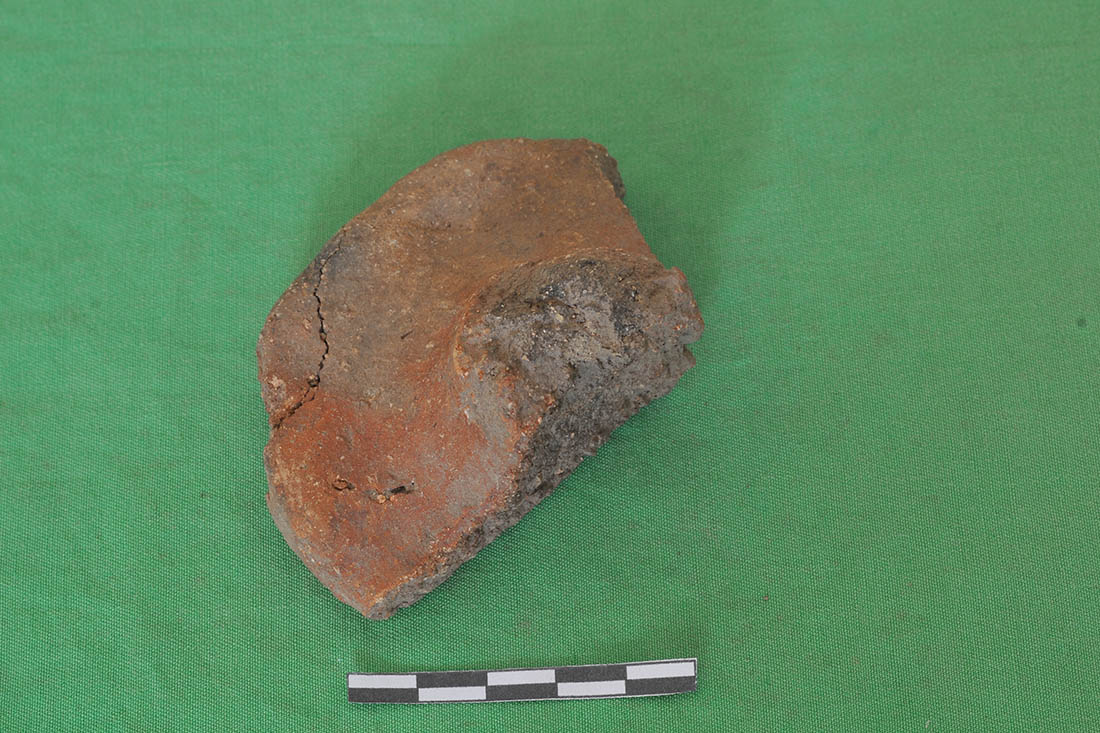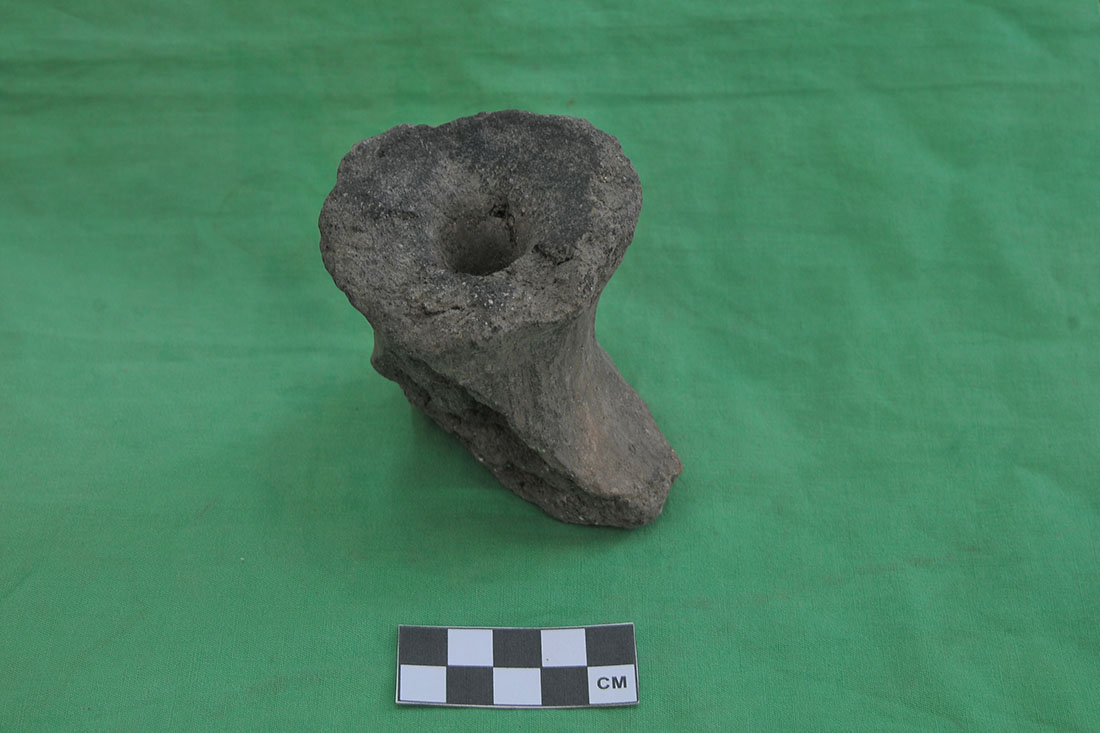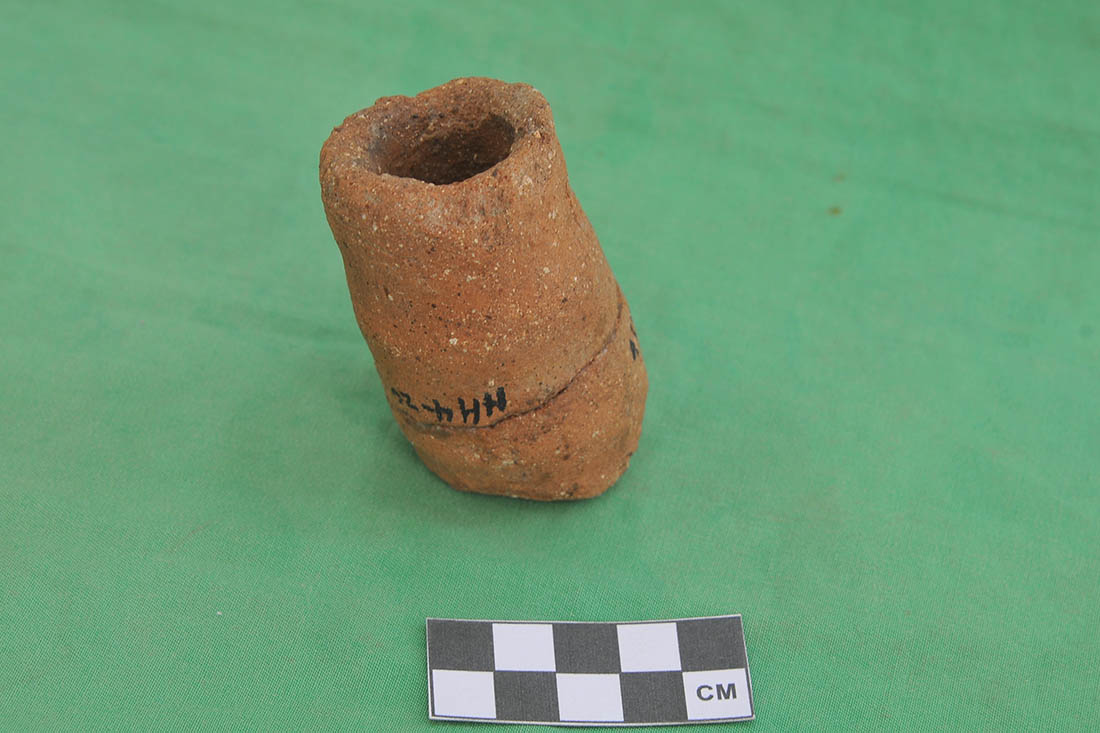By: Karen María Hernández Rodríguez
The use of artificial light by mankind is as old as the use of fire. The human being discovered that for good lighting it was necessary to have a fuel, and that this had to be transportable.
At first, the fuel used was wood or animal fat contained in a container. Over time, lighting systems were perfected and other elements such as oil lamps, tallow or wax candles were introduced. Its use conferred aesthetic value and social prestige and implied differences in its accessibility and in the quality of lighting.
For this classification, the element manufactured to hold a candle, which rests on a horizontal plane, is called a candlestick. Instead, the chandelier stands on a raised foot or bracket, or is hung on a wall. The names of these objects come from the word “candela” and in turn from the Latin candere meaning “burn, be lit” (candle).
Although lighting systems by candle or oil lamp were maintained until the 18th century, after the invention of the oil lamp in 1784 in the Industrial Revolution, domestic night life would undergo changes in the interior lighting of buildings, and later with the appearance of gas lamps in the 19th century.
Like other objects imported from Europe to America, chandeliers arrived as part of the baggage brought by the conquerors, and their use was incorporated into the usual practices of artificial lighting for domestic activities.
Findings of candlesticks in Camagüey city
The present work deals with the analysis of the candlesticks identified in archaeological sites of the historic center Camagüey city, which are part of the material record dated from the 18th century, in archaeological excavations at the sites of the Habana Hotel (Cisneros # 208), Shirt Factory (Luaces # 15) and in the Pichardo Palace (Avellaneda # 66).
Chandeliers could be made from a wide variety of raw materials -ceramic, earthenware, metal, wood- and covered a functional and decorative repertoire that ranged from very simple to highly decorated pieces.
However, in the case at hand, all the recovered candlesticks are made of ordinary ceramic, and due to the simplicity of their manufacture, it is presumed that they were made by slave servants and used for domestic or working life.
In the pieces you can see the multiplicity of Hispanic, African and local influences. These have different shapes and sizes without any decoration. Most of the pieces are fragmented and correspond to bases, candlestick tubes and candle holders; as well as handles for grip and transportation.
Those found in the Habana Hotel are the most representative. In this site there are many so-called “tube” pieces with an irregular shape of inlets and outlets to be taken by hand, as well as with a leg or foot that separates the object from the support surface. Due to the coarseness and rustic manufacture of some of the pieces, it is inferred that they were made immediately for use and quickly discarded.
The study based on these artifacts has revealed significant data for dating the contexts and aspects of the daily life of the various social groups that inhabited domestic spaces during the eighteenth century in Camagüey city.
Translated by: Aileen Álvarez García

